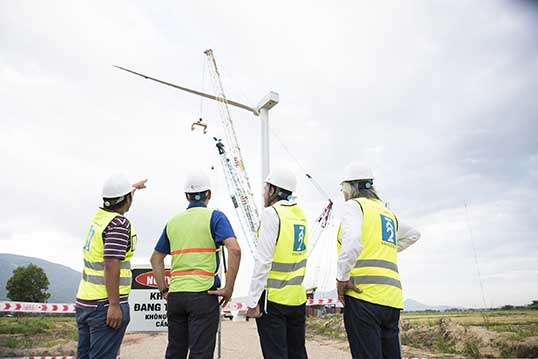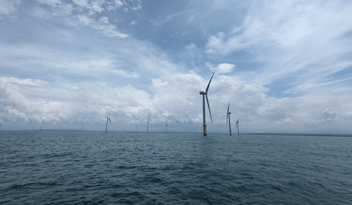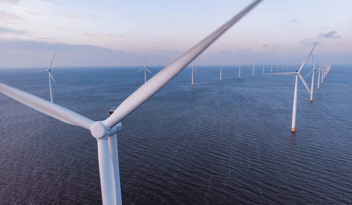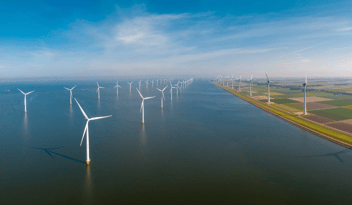
Investors are happy with low margins? Learn why...
At K2 Management, we are increasingly seeing institutional investors looking to invest in unbuilt wind projects with a return on investment as low as 2%.
At first glance, you might wonder what is driving this, but dig a little deeper and you will find a host of good reasons.
First of all, some companies may want to be seen acting in a climate-friendly manner, and this will take priority over the scale of profits.
Secondly, investors may want to establish themselves as significant players in the sector, and are willing to take low returns to do so, particularly if many of the most profitable projects have already been snapped up.

Thirdly, keeping your money in the bank is a far worse alternative in countries with negative interest rates. In such cases, low-return investments are better than no investment at all.
Fourthly, with some of our clients, we see opportunities to improve the business case after an acquisition — in other words, increasing that low rate of return.
In fact, raising that overall return on investment by at least one percentage point should be fairly easy through active asset management (which will need to be agreed before project supply deals are signed).
You might think that a jump from 2% to 3% may not be worth the effort, but on a 100MW project, this could mean increased annual pre-tax earnings of €500,000 ($530,000) to €1m — while also ensuring that the wind farm is performing efficiently throughout its lifetime.
Another plus is that smart asset management will improve the value of the project, should the investor consider selling it at a later stage.
Investors often rely on the OEM service agreement and setup, however this is not necessarily what is best for business and it’s almost always not the best for profit margins. The assumption is that everything will be handled in the best interests of the client and the client’s profits but, quite often, this isn’t the case. In a fixed feed-in tariff scenario there might be room for this approach and still have a sustainable business case; however, in auction schemes or free-market price scenario, this approach doesn’t yield the highest return for the project owner.
Asset owners should implement a cross-activity risk management strategy to capture and manage technical and commercial risks and ensure mitigating actions are in place.
Energy yield should be maximised by ensuring that service suppliers perform proactive preventive maintenance during low-wind days and reduce corrective maintenance through proper condition monitoring. Overall yield and operational expenditure (opex) can often be improved significantly by several percentage points by utilising such optimization techniques. And a few percentage-point improvements on production or opex can make all the difference in an auction scheme where the lowest cost of energy wins.
Relying on an OEM’s service set-up is like having the fox watching the hen house, for many reasons, including:
- Possible hidden carve-outs in the turbine supplier’s availability guarantee
- A lack of clarity over who takes on the wait-on-weather risks
- The difficulty of ensuring that suppliers and OEMs are fulfilling their contractual obligations concerning proactive condition monitoring and minimizing service time
- The difficulty of knowing whether end-of-warranty inspections have been performed satisfactorily
- The difficulty of knowing whether turbines are over- or under-serviced
OEMs may be a good choice in terms of knowing every nut and bolt of the technology, but do they really have the owner’s interests and profits at heart? They can’t be truly independent in their approach to asset management and this can eat away at a project’s profit and annual energy production significantly.
The overall record low-interest rates have boosted investment in wind energy. But what will happen when interest rates start rising, making traditional bonds more attractive and financing of wind projects more expensive?
Don’t worry. Wind is still an attractive place to invest for the foreseeable future. According to the Council on Economic Policies, a nonprofit sustainability think tank, wind will be the most competitive energy choice until interest rates hit around 8%, and that is not around the corner just yet.



